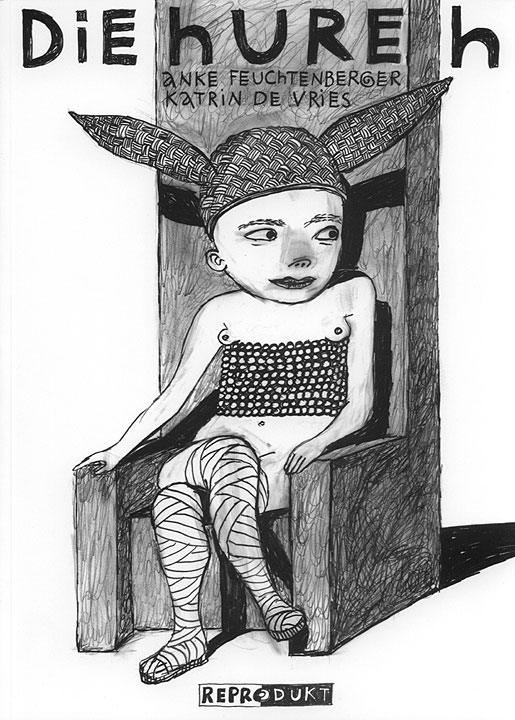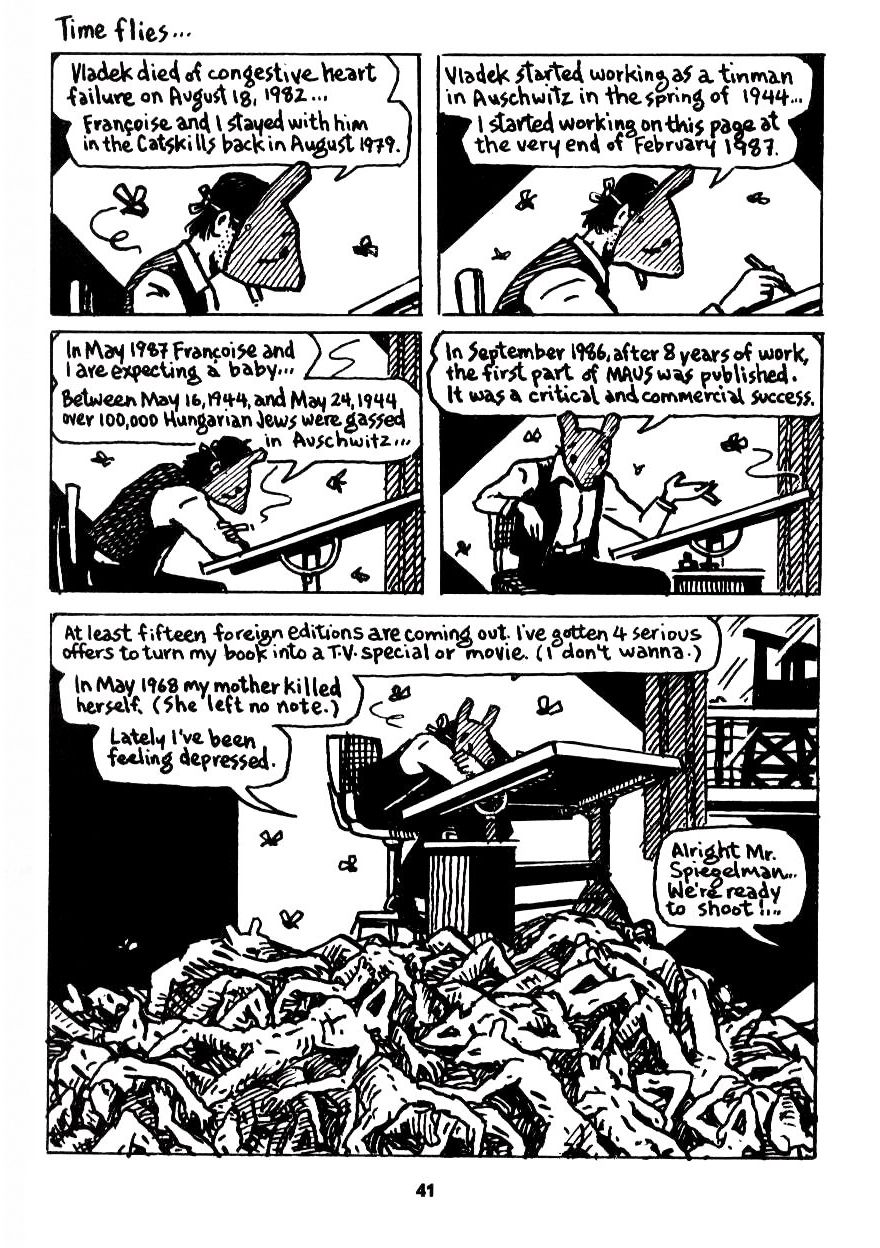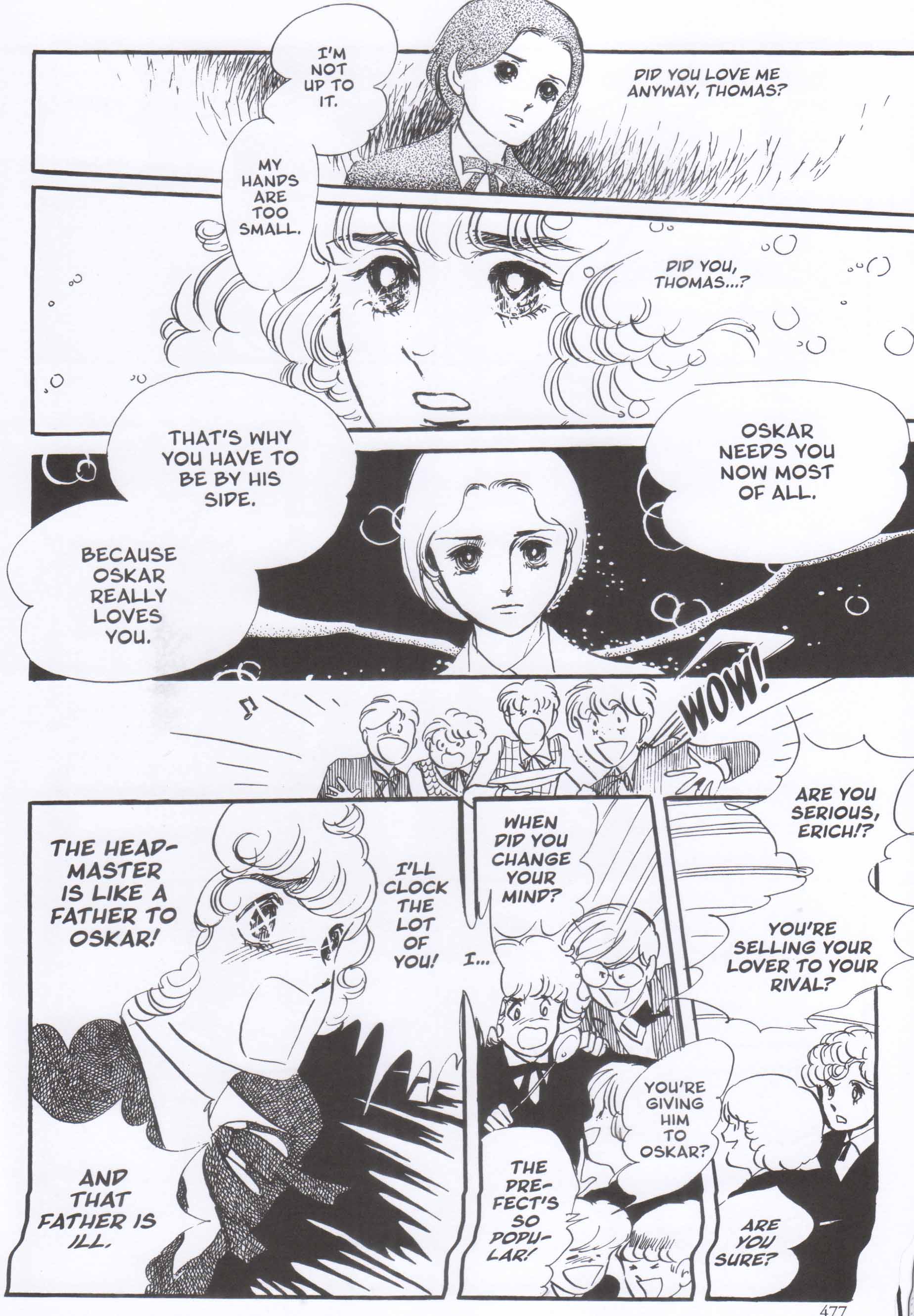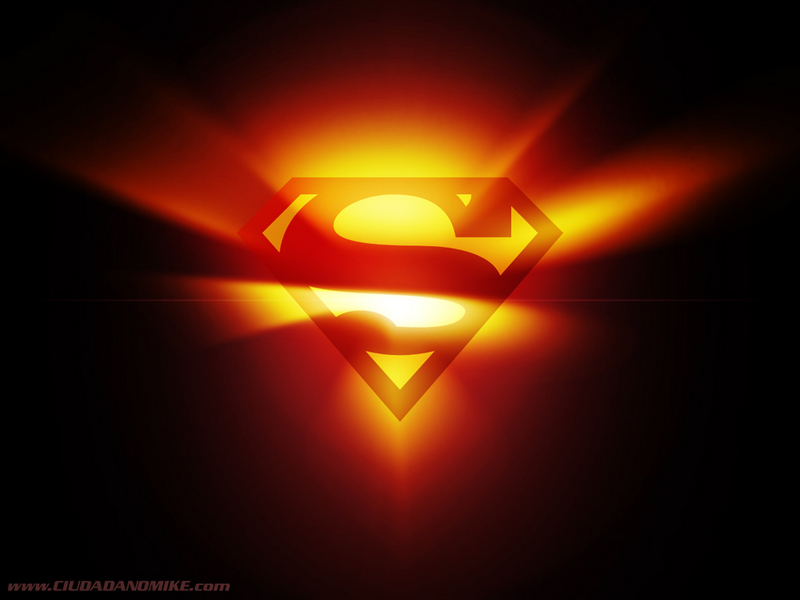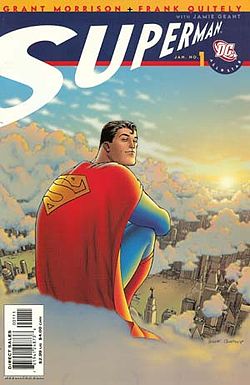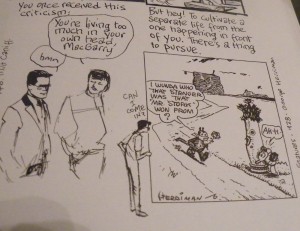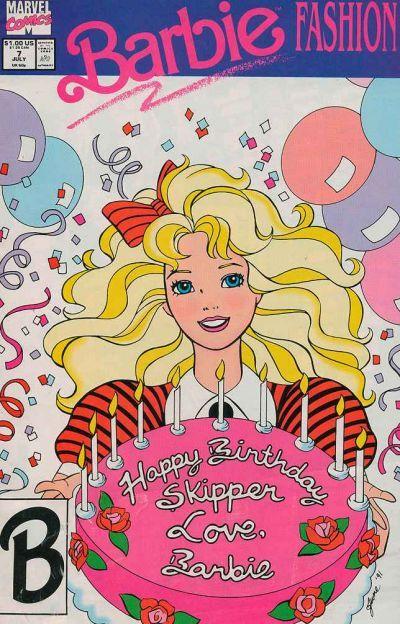As I mentioned yesterday, Kelly Thompson is running a poll to make a list of the best female comics creators. I thought I’d reproduce one of Caroline Small’s comments on this topic from some time back. She’s responding to the late Kim Thompson. (The back and forth was actually on another site…click through to the thread if you want all the ins and outs.)
I’m guessing nobody’s still reading this thread but I’m going to do something contrarian and agree with Kim — although for reasons he might not like. I think he’s absolutely correct that any discussion like this is problematic without some discussion of the values that make work “great.” But to me, the reason that is so important is because, if the history of women’s writing is any comparison, the work of women cartoonists, considered altogether and on its own terms, without reference to the historical criteria used to evaluate (mostly male) cartoonists, may in fact challenge the assumptions and criteria that we use to evaluate the work that’s been done so far.
I’m a known partisan for Anke Feuchtenberger’s marvelous work. Having recently been introduced to Charlotte Salomon’s work I anticipate a similar feeling to emerge.
But a lot of people say artists like Feuchtenberger and Salomon are not “cartoonists” because they don’t work in quite the same aesthetic tradition as the ones in your list, Kim — even though Feuchtenberger at least describes herself as a cartoonist. When I start from their work as my aesthetic benchmark, more women emerge: Ana Hatherly, Elisa Galvez, Dominique Goblet.
The aesthetic tradition of “classical cartooning” (?) unfortunately hasn’t coincided historically with a very welcoming environment for women, one where we have lots of role models and fellow travelers to smooth the path, to provide encouragement and motivation and inspiration, and to create a sense of shared voice. That’s why I’m resistant to the 60-year metric. It doesn’t let the best work by women who have come of age after the advances of recent decades — advances Fantagraphics was part of — come to the surface for critical examination. I think if we limit ourselves to that historical precedent, we can’t, say, evaluate the work of innovative cartoonists like Cathy Malkusian or Lauren Weinstein in the context established by cartoonists like Feuchtenberger and Salomon. And I think reading them that way, instead of against, say, Herge or Herriman, leads to fascinating insights about the cartooning aesthetic and its possibilities — the comparison made me like Malkusian and Weinstein’s work much more than I did before I approached in from that perspective. It remains an open question what such comparisons would yield for reading Alison Bechdel or Lynda Barry or other women who work in the more traditional cartooning aesthetic.
Maybe it will in fact be 60 years before we can accurately say who the greatest women cartoonists will be, but I don’t think we should be afraid of recognizing and celebrating the work of women cartoonists as “great” until that time has passed. That’s largely abdicating any role that critics and criticism can play in making the environment of cartooning in the broad sense more nourishing for women cartoonists. If we need to codify and celebrate and advocate a separate tradition of “women’s cartooning” with its own aesthetic and cultural criteria in order to be able to roar these women’s names as greats in comics, then so be it. I think Herriman can stand the competition. Maybe we need another word for “comics artist” than just “cartoonist.” But what I think is sexist is the demand that women work in that tradition and only that tradition in order to be considered great.

